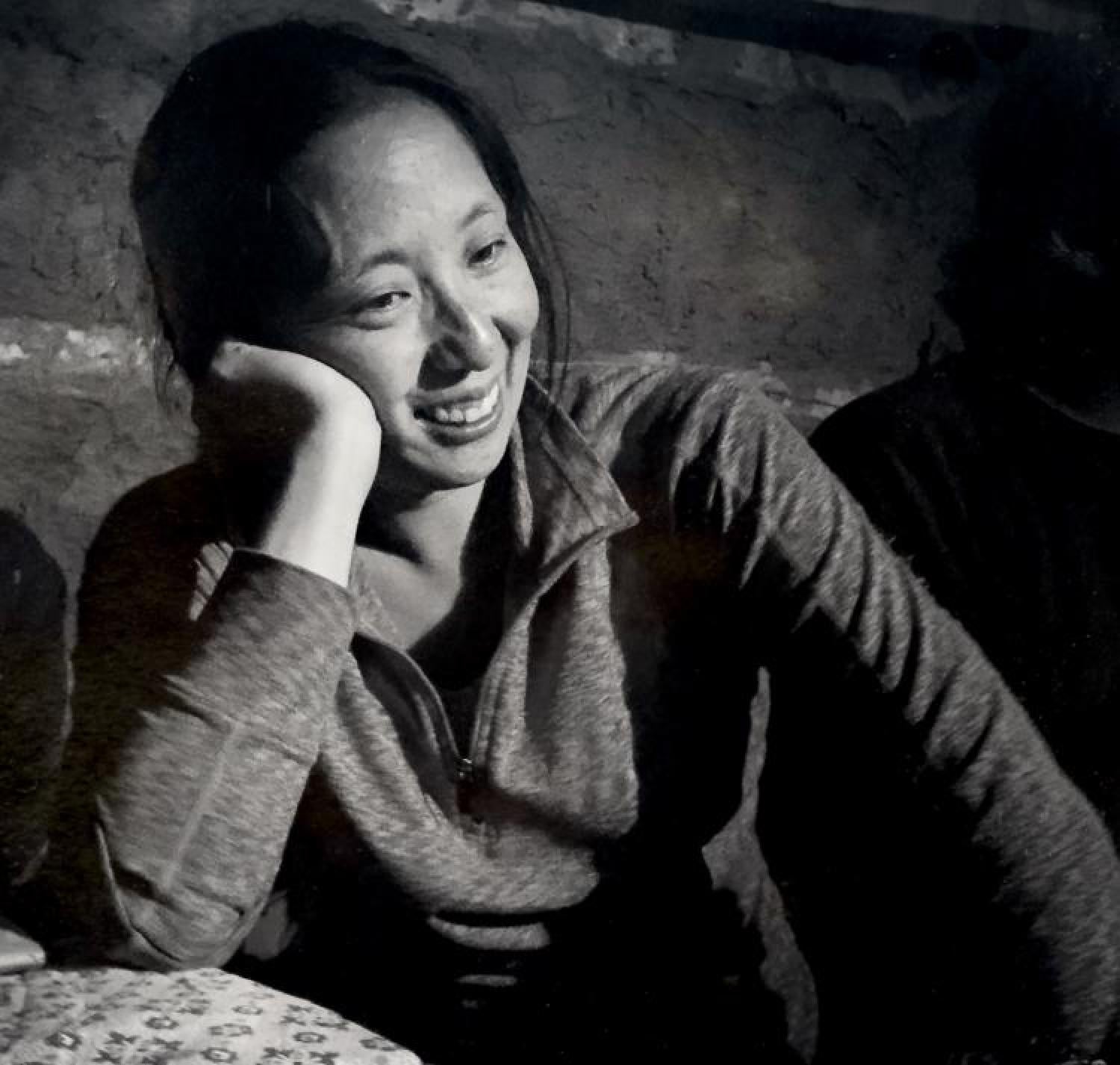American Association of Geographers
The American Association of Geographers (AAG) is the national scholarly association to which the most geographers – including professors, undergraduate and graduate students, and professionals - in the US belong. Founded in 1904, it has members from over 100 countries and its total membership has fluctuated over the past two decades between about 8000 and 12,000. In addition to publishing several journals and a monthly newsletter, the AAG hosts annual meetings, promotes discussion through more than sixty specialty groups, offers workshops and career information, provides support for its nine regional divisions, and advocates for geography in the public and policy realms. AAG is governed by a Council, which consists of elected regional and national Councilors, elected officers, the most recent past-president, and the executive director (ex officio). Day to day operations are run by Washington DC-based professional staff.
As of July 2021, I am serving a one-year term as President of the American Association of Geographers. This follows one year as Vice President and will be followed by an additional year on Council as the immediate Past President. I’m the third faculty member from the CU Boulder Geography Department to serve in this capacity (Ken Foote, now at the University of the Connecticut, was at CU while he was AAG president from 2010-11; and Risa Palm of Georgia State was AAG president from 1984-85, also while at CU). Due to the COVID19 pandemic, just about everything I’ve participated in to date has taken place virtually – two virtual national conferences, virtual regional conferences, and many, many other meetings! I have yet to meet AAG staff or Council Members in person. The one exception was in October this year, when I traveled to Lincoln, Nebraska to attend the meeting of the Great Plains Rocky Mountain region. Fortunately, with COVID19 vaccines widely available, including finally for younger kids, the annual meeting in February 2022 will be a hybrid virtual and in-person event in New York City.
Department Chair Jennifer Fluri asked me to write about what it’s like to be AAG president. In addition to attending Council Meetings to vote on numerous matters such as accepting slates of nominees and awardees and discussing broader strategic directions, the role entails writing monthly columns for AAG newsletter; participating in Regional meetings to give keynote addresses, attend business meetings, and in some cases, participating in Geography bowls; selecting a conference theme and organizing a presidential plenary (I’ve chosen climate justice as both my theme and topic of the plenary); and serving as a member of the Healthy Departments Task Force to provide assistance for departments facing institutional threats. Recently, for example, the executive director and I submitted a successful letter to oppose the carving out of GIS from Geography as a discipline to create a separate major in California Community Colleges. The role also includes answering emails from members on a wide variety of issues, and getting involved in specific targeted initiatives.
One initiative I’ve been deeply involved with is co-leading the AAG Climate Action Task Force to respond to a member petition to reduce the travel-related emissions of the association’s annual national meetings by 45% from 2010 levels by 2030. This has turned out to be a very complicated issue involving everything from contracts for large hotels that must be signed many years in advance, to finding alternative ways for students to gain opportunities for professional networking and mentoring, at a time when everyone is experiencing Zoom fatigue. I’ve also been closely involved in one of a number of pandemic rapid-response projects that AAG Council decided to implement, an initiative to help “Bridge the Digital Divide” by providing funding for wifi hotspots, chromebooks and laptops for underserved students in Geography classes at Tribal Colleges and Universities and Historically Black Colleges and Universities. Furthermore, I’m looking forward to working with Executive Director Gary Langham in his upcoming Membership initiative, to expand AAG membership, particularly for physical geographers, geographers at community colleges, and professional geographers. If you have ideas about how AAG can better serve you, particularly beyond the scope of an in-person annual meeting, please don’t hesitate to email me.


